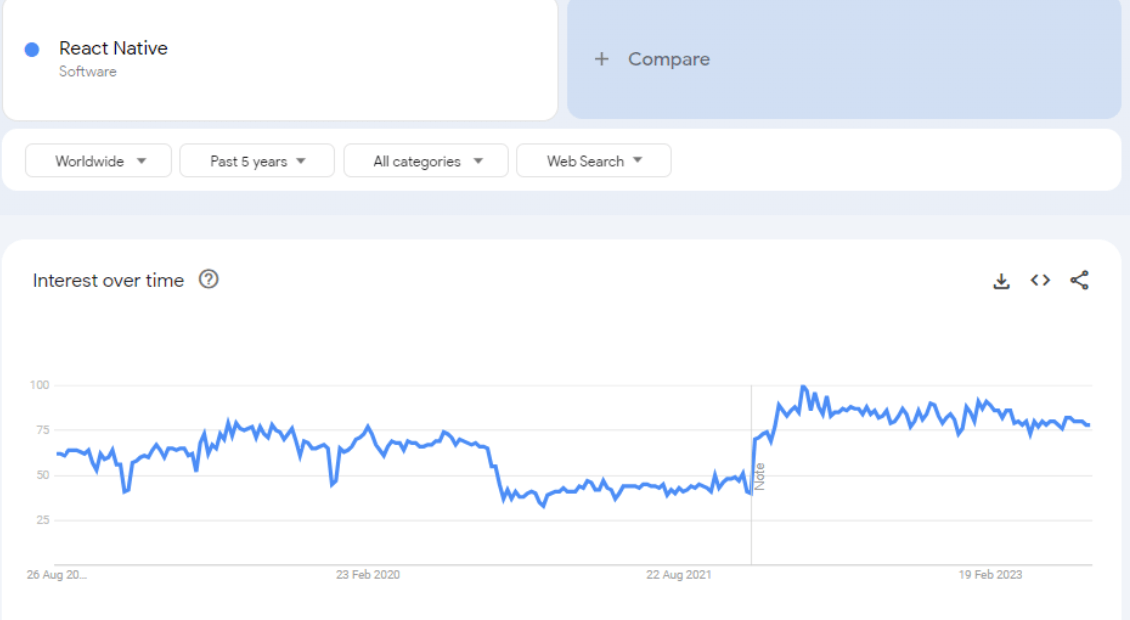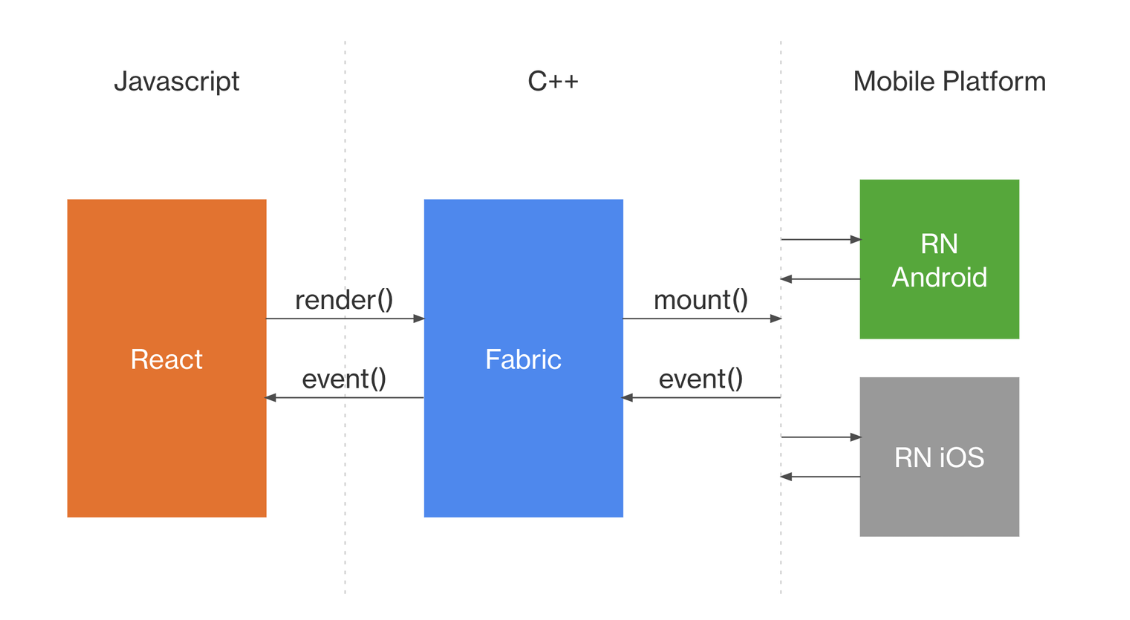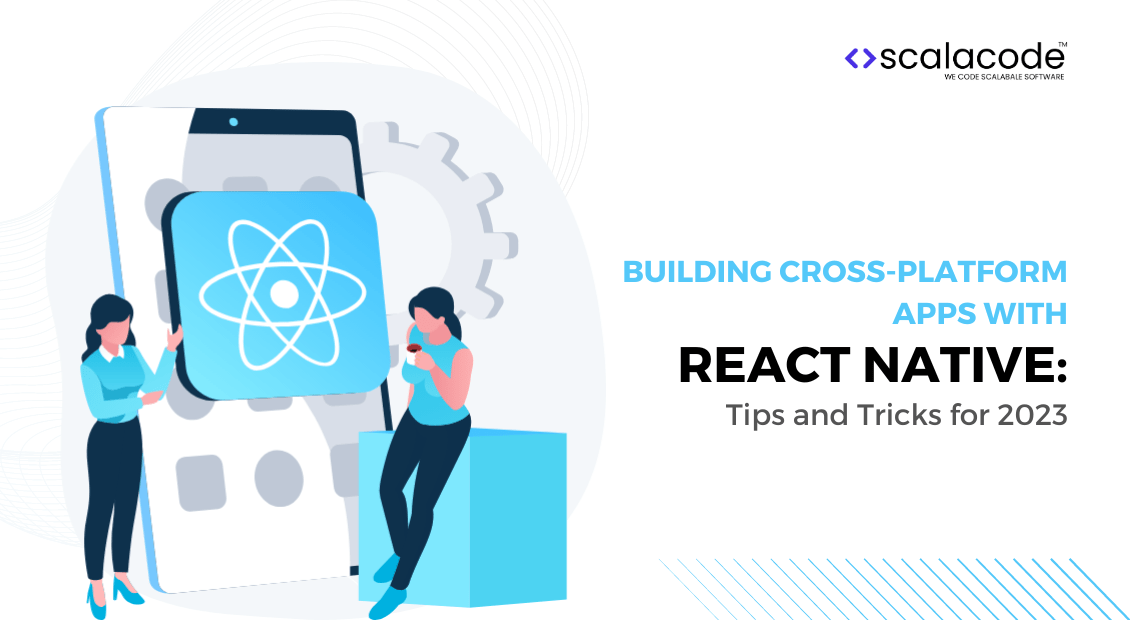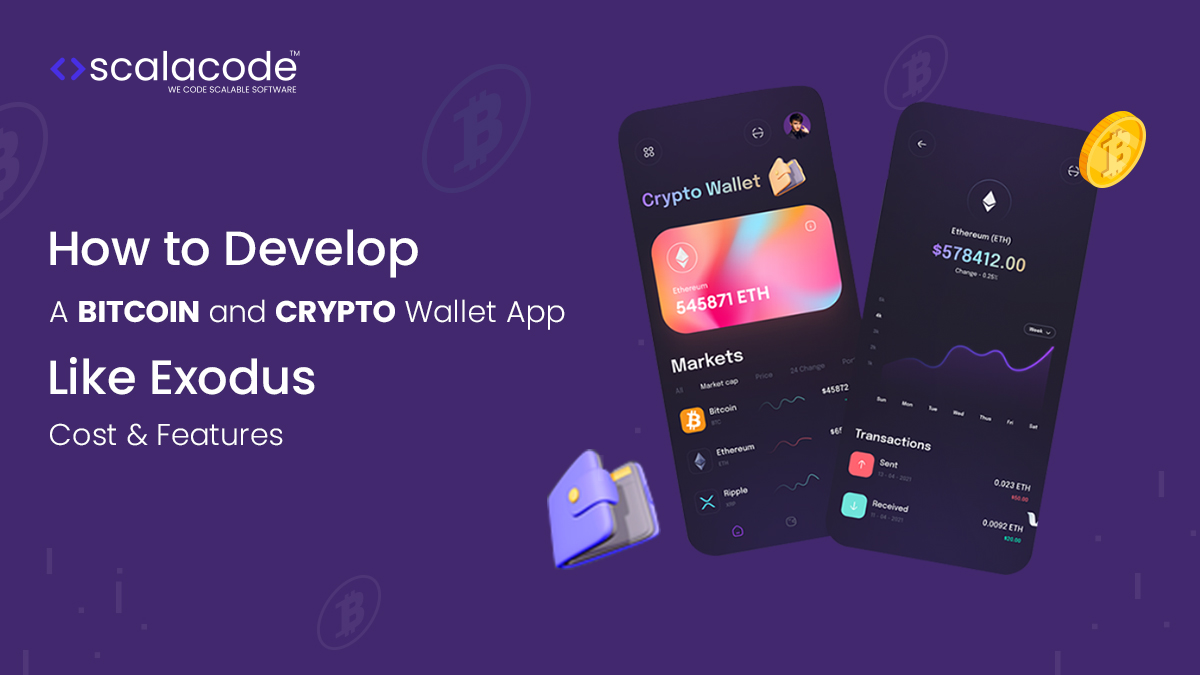In your journey of developing cross-platform apps, undoubtedly, React Native is the way to go! According to recent market research,
React Native has a huge community of developers and about a million people are downloading it every week. It is showing a relevant growth in popularity over the last 5 years.

If we check out the StackOverflow developer survey for 2023, React Native actually comes in at number 9 on the list of most popular frameworks and libraries used by professional developers.
Likewise, there are plenty of other stats that indicate it’s got a pretty big chunk of the market. Whether we talk about the developers of business giants, React Native is almost equally popular.
Big brands like Meta, Microsoft, and Shopify are using React Native for their products. For example,
| Company | App/Service |
| Meta |
|
| Microsoft |
|
| Shopify |
|
The reason for this popularity, probably, is the features that it offers. One of them is a cross-platform mobile app development ability.
So, when you decide to go with this framework, one of the most crucial steps is to hire React Native developers who have expertise in your industry.
Next to partnerships, another considerable thing to address is -how are your React Native developers going to work. What approach will they take to make it successful?
So much work to do, right? Well, success doesn’t come in a blink of an eye, you need to work on a lot of things.
However, to make things easier for you, we’ve wrapped up some of the tips and tricks that your React Native developers can follow to achieve success in your project.
Tips To Build Cross-Platform Apps With React Native
Most developers across the globe agree React Native is the best tool for mobile app development.
But to get success, it’s also important that they spend time planning out app architecture, UI/UX design, developing strategy, what testing approach will they follow, etc.
Yes, following the best practice, gives your product the edge it is needed for successful React Native app development. But a question comes, what to follow?
Well, in response to this, we’ve gathered some helpful tips for you after having a conversation with experienced React Native app developers in our known. So, let’s see what experts have to guide us:
Tip 1: Never Jump Right Into the Development Process
Speaking with experienced React Native developers, most of them said jumping right into the coding, without planning is like trying to build a house without a blueprint. It is just as your inviting trouble for yourself.
For example, you are coding an app for a year now and suddenly you realize that the features you built do not align with today’s market trend. What would be your reaction to it?
Unfortunately, a complete waste of time; isn’t it? However, you may have not gotten into this situation, if you have done market research in the beginning.
With this, we learn, before coding, we should have a clear roadmap. This means it’s important that –
- You do market research in your niche
- Understand your app’s purpose
- identify the target audience
- Identify the features that are essential and the ones that are optional.
Give yourself adequate time to have a plan before spending thousands of dollars on the app development process. It is like helping yourself from the common pitfalls of React Native development
Tip 2: Install All Necessary Prerequisite Tools
For the cross-platform app development process, you need to have some important tools. Make sure you have Node.js and npm installed on your system.
- Where Node.js is a JavaScript runtime. It allows you to run JavaScript on the server side.
- npm is a package manager. It helps you install and manage dependencies for your projects.
The React Native developers you hire should know how to set Node.js and npm. Besides, since, there are two options to set up the project, i.e.
- React Native CLI
- Expo
You can install either of them. For Expo Go, the command line is

Whereas, to install the React Native CLI globally on your system, the command line is

Furthermore for the iOS app:
- Node & Watchman
- Xcode
- CocoaPods
Similarly, if you are creating Android applications, you’ll need to install:
- Android Studio
- Node, JDK
- Android SDK
Tip 3: Optimize App Performance
React Native, it’s not only all about mobile devices, it is also useful in web app development! The tip is, your developers should design an app to zip around to get things done quickly.
The React Native developers you will hire should figure out how to make the most of your cross-platform mobile app development.
They should not only tap into its main engine (that’s the CPU) but also give the graphics brain (yep, that’s the GPU). Mostly, it will make things run a whole lot faster.
It’s crucial that your development team know how to dodge unnecessary detours. They’re like GPS for your app, make sure that they take the shortest route possible.
In wrap, the React Native developers should use simple and light components –
- Optimize images
- Avoid unnecessary renders
- Use getItemLayout
Developers must devise strategies to ensure optimal application performance and build convenient navigation pathways. Consider using React Native’s navigation tools for a smooth User Experience (UX).
Moreover, they should employ only high-performance components rather than a scroll view when rendering extensive lists. To avoid any drops in UI, the size of the animation should be kept at a minimum. Moreover, the developers should have mastery in using performance monitoring frameworks such as:-
- Prettier
- ESLint
- Husky
- Hermes
Tip 4: Integrate With Native APIs
Another tip for building a cross-platform mobile app development using React Native is that developers can take advantage of React Native’s API modules. It is like tapping into the untamed power of native device functionalities.
Furthermore, sometimes, there are situations where the standard React Native modules are just not enough to need your app feature needs. That’s when developers step into the role of bridge builders.
But crafting these bridges isn’t child’s play. It’s a challenge that demands a deep dive into Native development and an understanding of platform-specific APIs.
Once you’ve become skilled in it, integrating with native APIs can really boost your app’s potential and give users a smoother experience.
Moreover, by integrating native APIs, developers can make the most of device-specific features like GPS, camera, etc. Ultimately, whether it’s –
- accessing device features
- integrating with third-party libraries
- or utilizing platform-specific UI components
Making use of native modules can enhance the functionality of your cross-platform app.
Tip 5: Determine The Render Use Cases
It is important that you hire React Native app developers who recognize that the renderer use case for Android and iOS can vary.
While React Native allows for code sharing between platforms, certain components or UI elements may need to be customized or optimized for each platform.
A tip is that your developer should understand the differences in rendering behavior, For example, Android bears the expense of JNI in two main instances:
- Firstly, when calculating the layout of intricate views like Text and TextInput, props need to be transmitted through JNI.
- Secondly, during the mount phase, mutation operations are sent over JNI.
To reduce the overhead of JNI, the team is investigating replacing ReadableMap with ByteBuffer for serializing data. The goal should be to reduce the overhead of JNI by 35–50%.

Tip 6. Monitoring Your App’s Performance
A crucial aspect of crafting a top-tier cross-platform app is making sure your app isn’t hogging more than it needs. Rescue your users from the clutches of sluggish performance. How to solve this issue?
Now, here’s an easy trick: Developers can use different performance monitoring tools like:
- Embrace
- AppDynamics
- Sentry
- Bugsnag
- Dynatrace
- Firebase
Using these monitoring tools, means you are opening the opportunity to identify any bottlenecks in the app’s performance. Yes, these tools are efficient enough to give you valuable insights into areas where optimizations are needed. It is can anything like excessive re-renders or inefficient data fetching.
Tip 7: Maintaining Your App
This is a bonus tip. Though it is not something you can do during the development process, after the app is released, it is a must-have step.
The tip is to regularly update your app’s dependencies, including React Native itself. Performing this step will ensure that you’re using the latest bug fixes, performance improvements, and new features.
Besides, keep your codebase clean and organized by following best practices
- using modular components
- refactoring when necessary
- leveraging caching and data management techniques
You can even try things like local caching, lazy loading, and intelligent data synchronization to significantly enhance the user experience.
In a nutshell, maintaining your app’s performance is an ongoing process. Continuously monitor, optimize, and improve to deliver a seamless and responsive cross-platform app.
Over To You!
While building a cross-platform mobile app using React Native, if you follow some tips and tricks, you can make your app more efficient and responsive.
To help, we’ve given you some of the best React Native app development practices above. And, also tried to provide a brief overview of each. Hope this will help.
Besides, you can also get in touch with us for best-in-class cross-platform mobile app development services. We have a team of skilled React Native developers who will help




